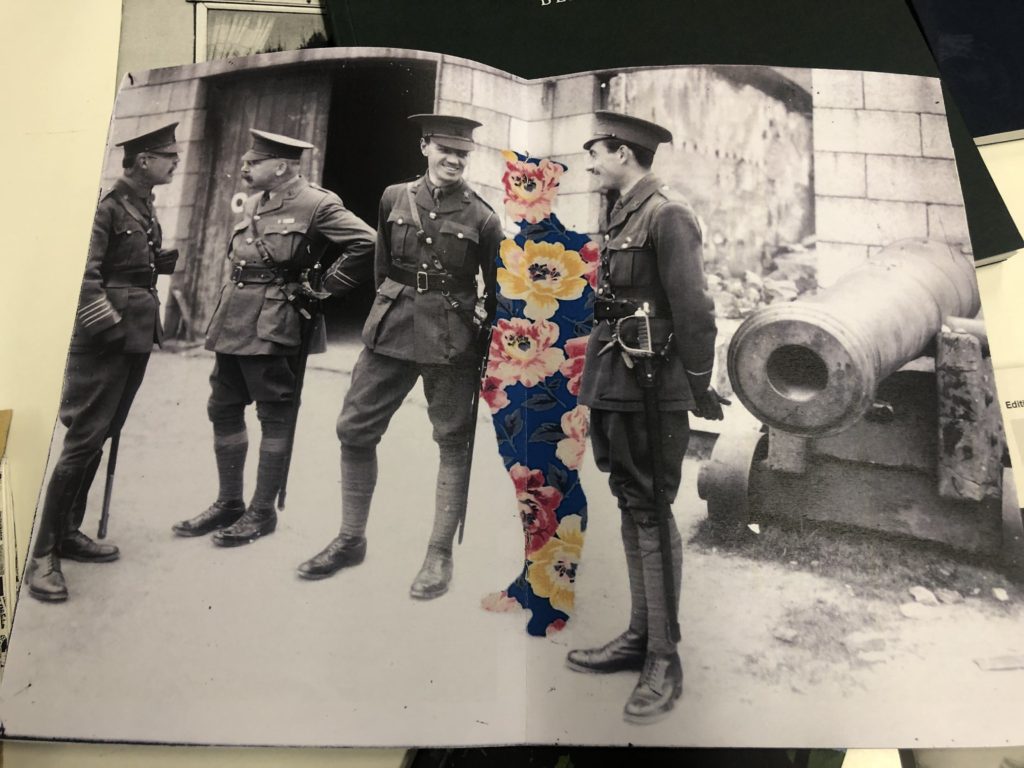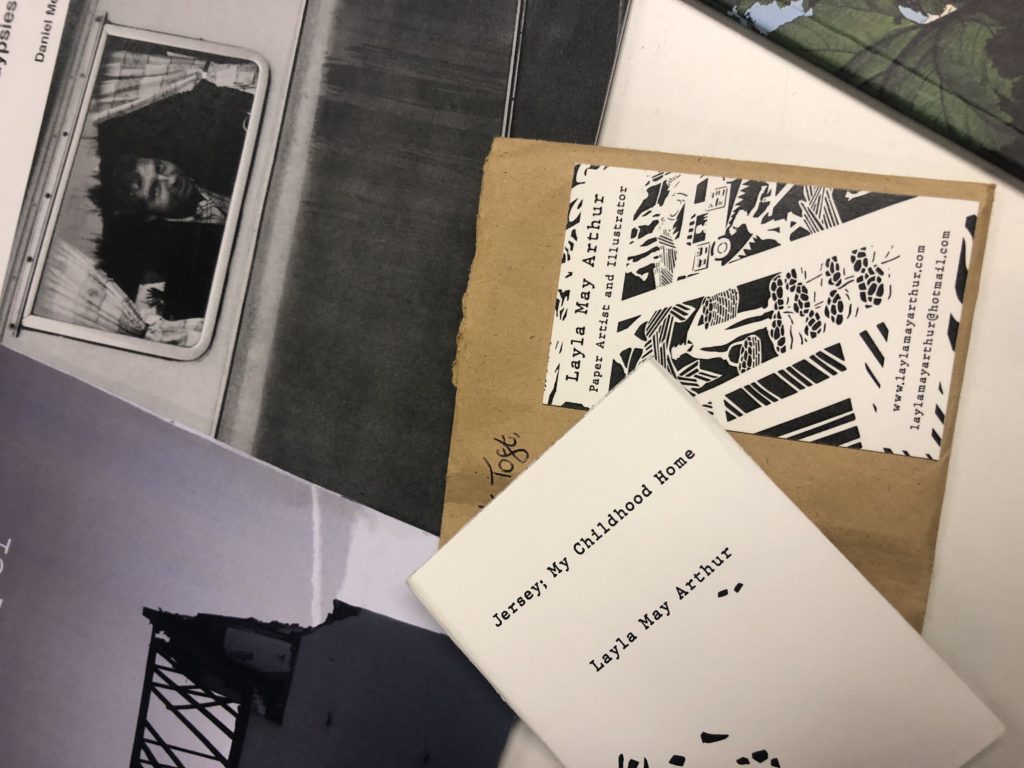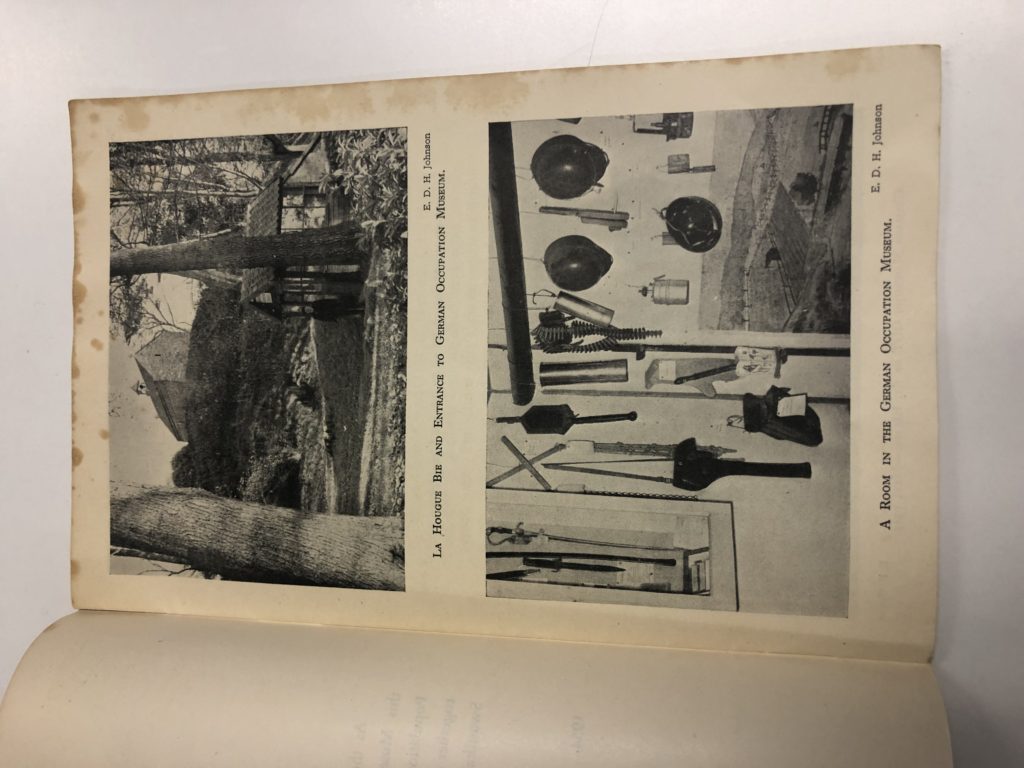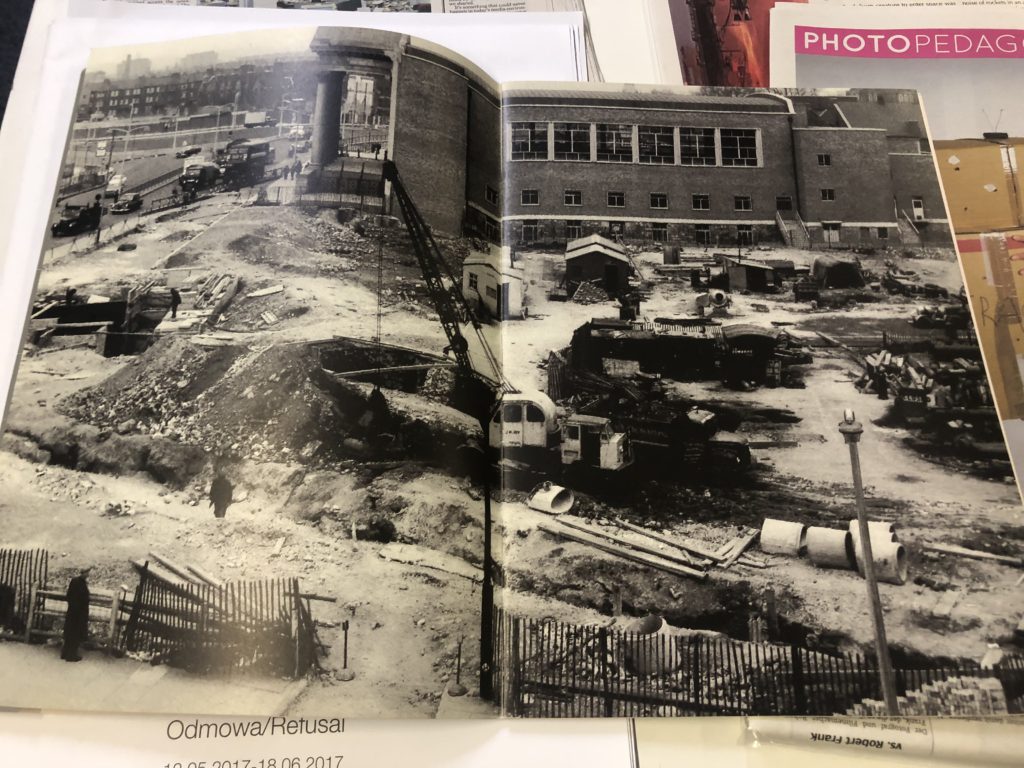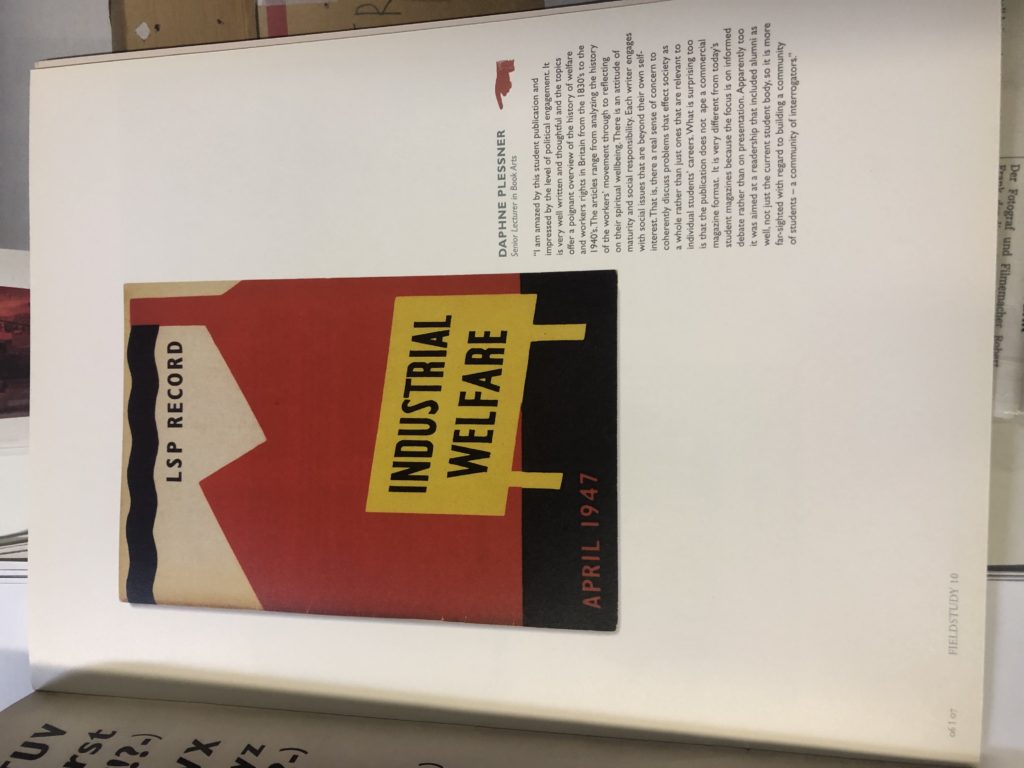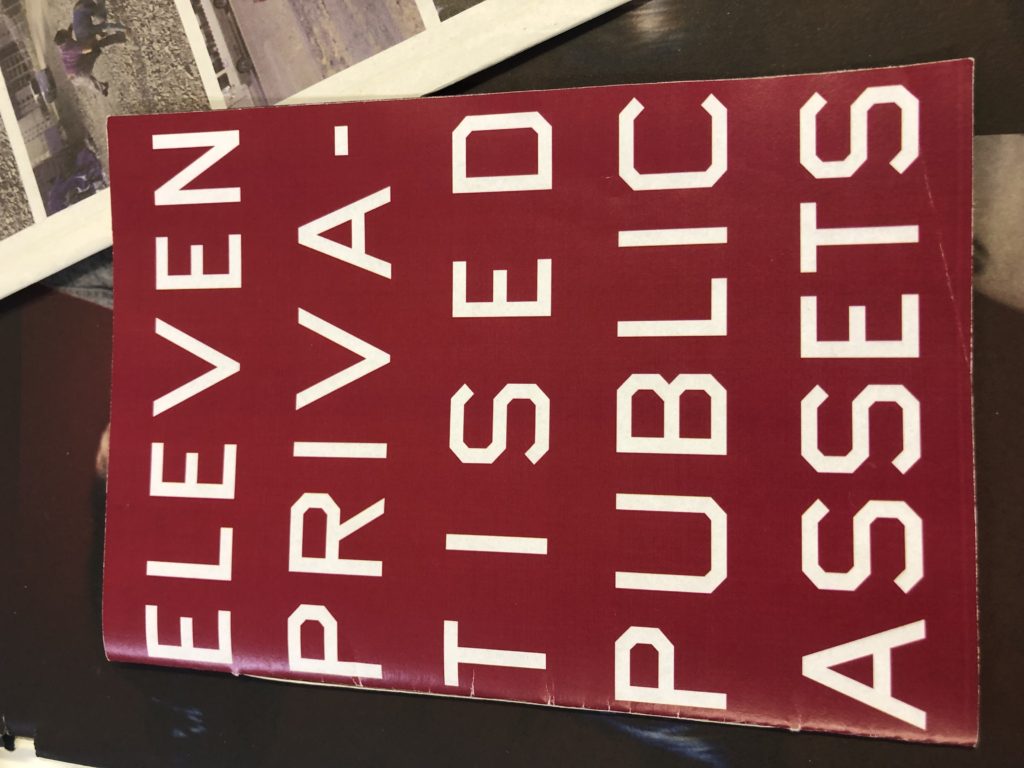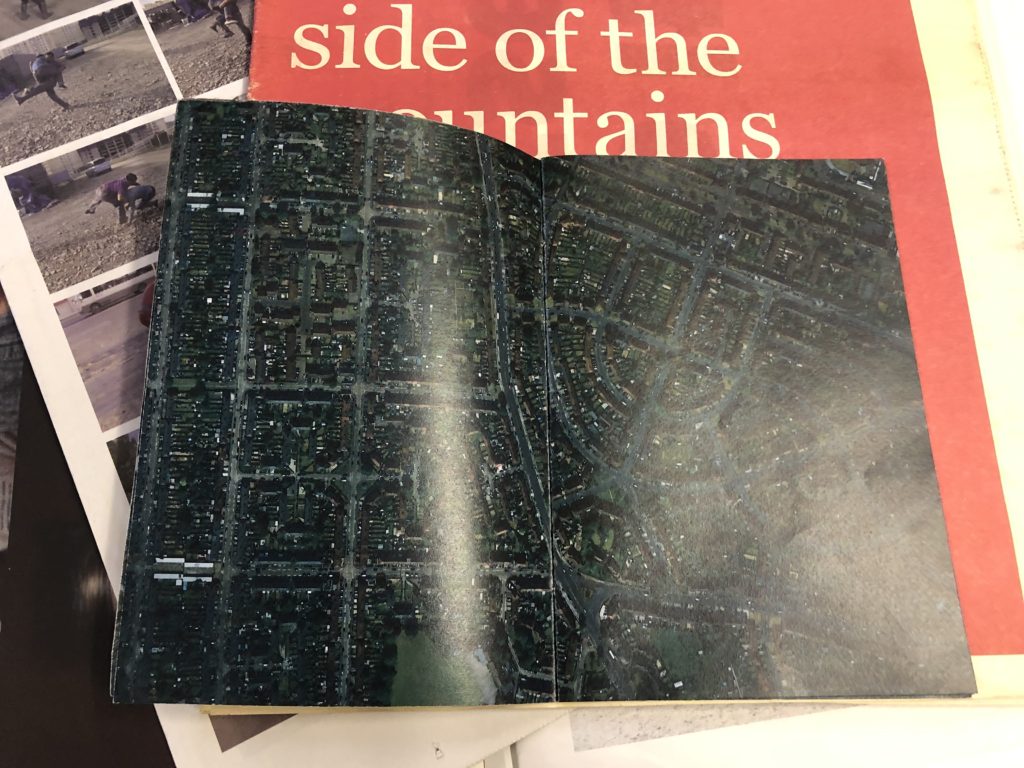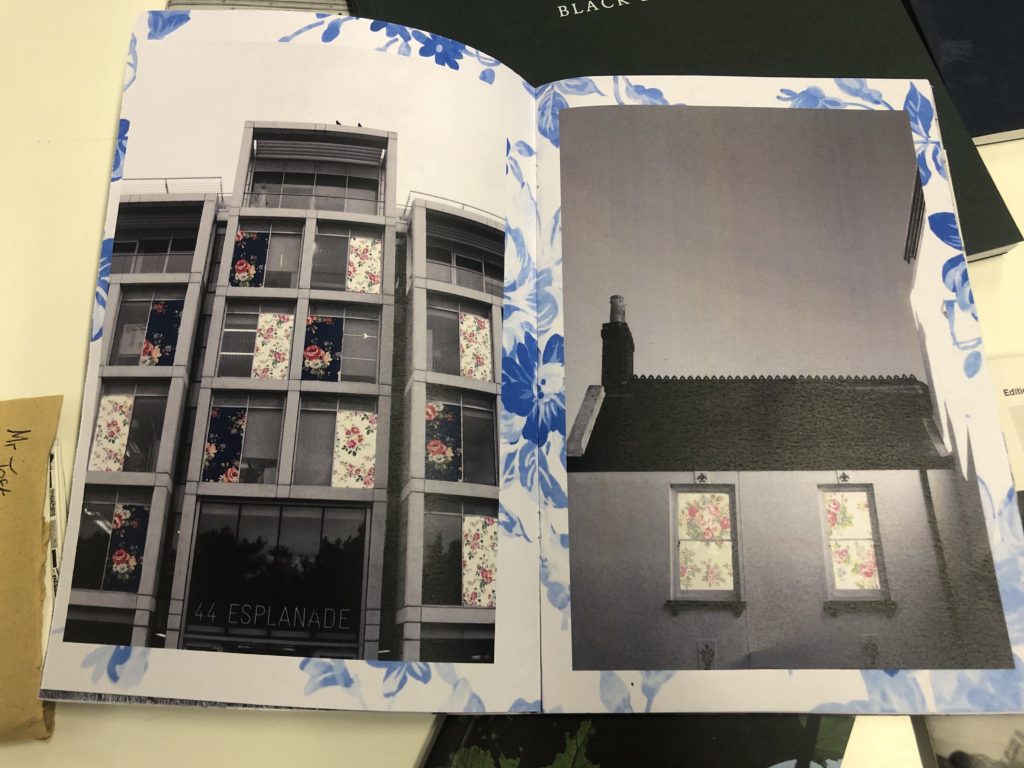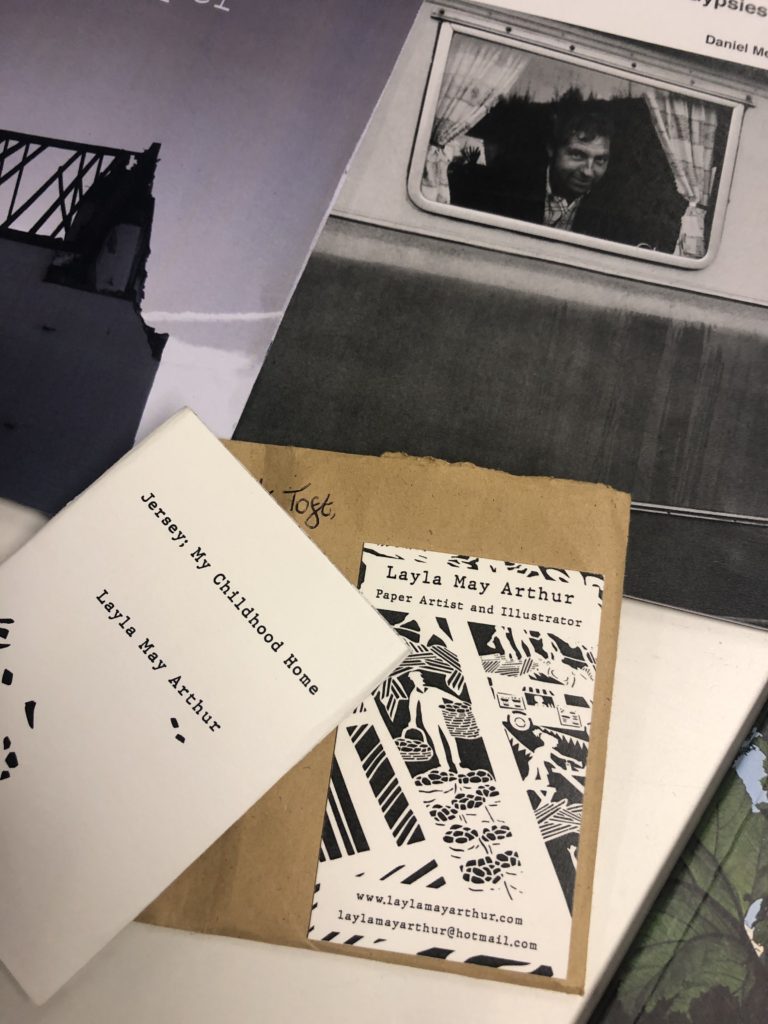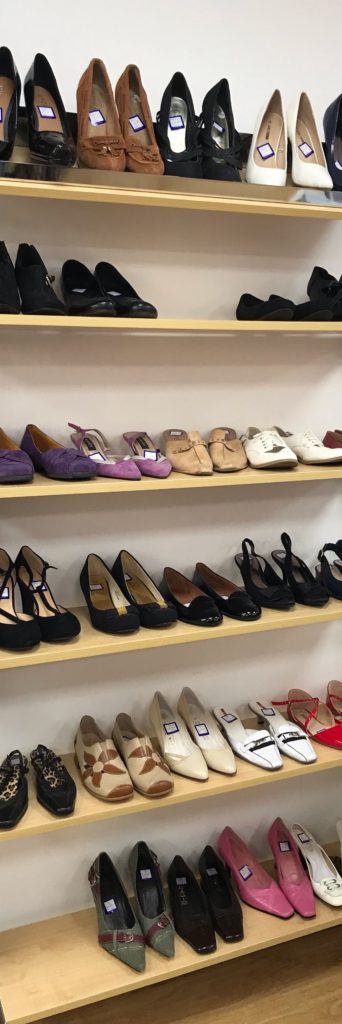moodboard;
analysis; sky ayling-phillip
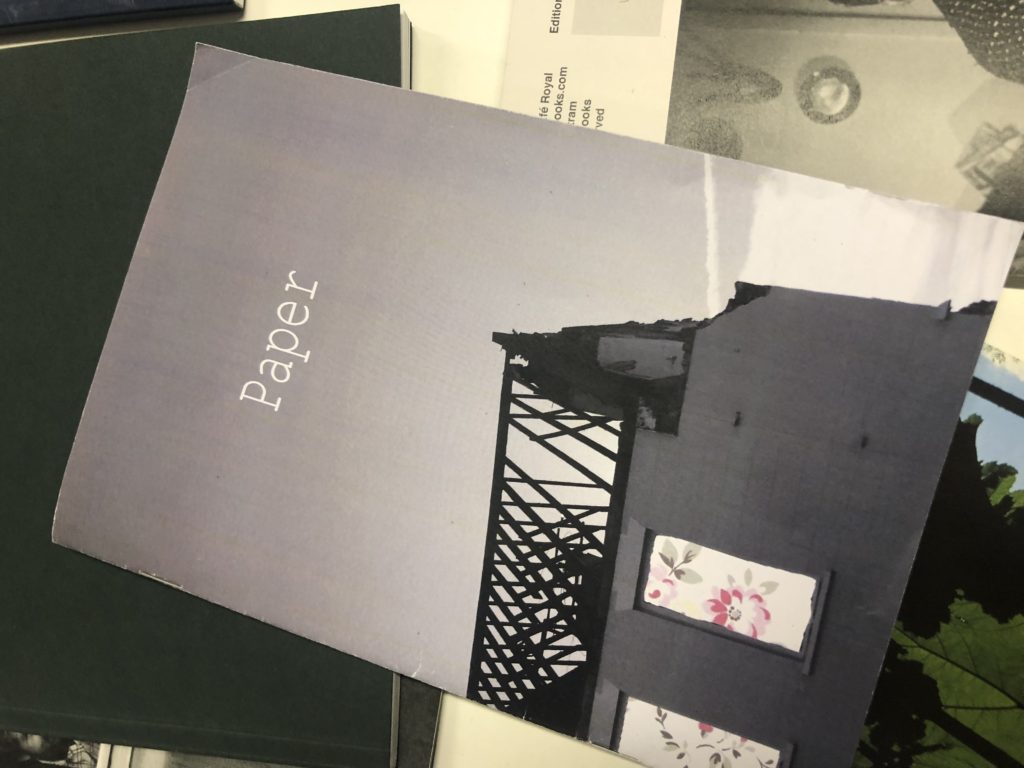
front cover 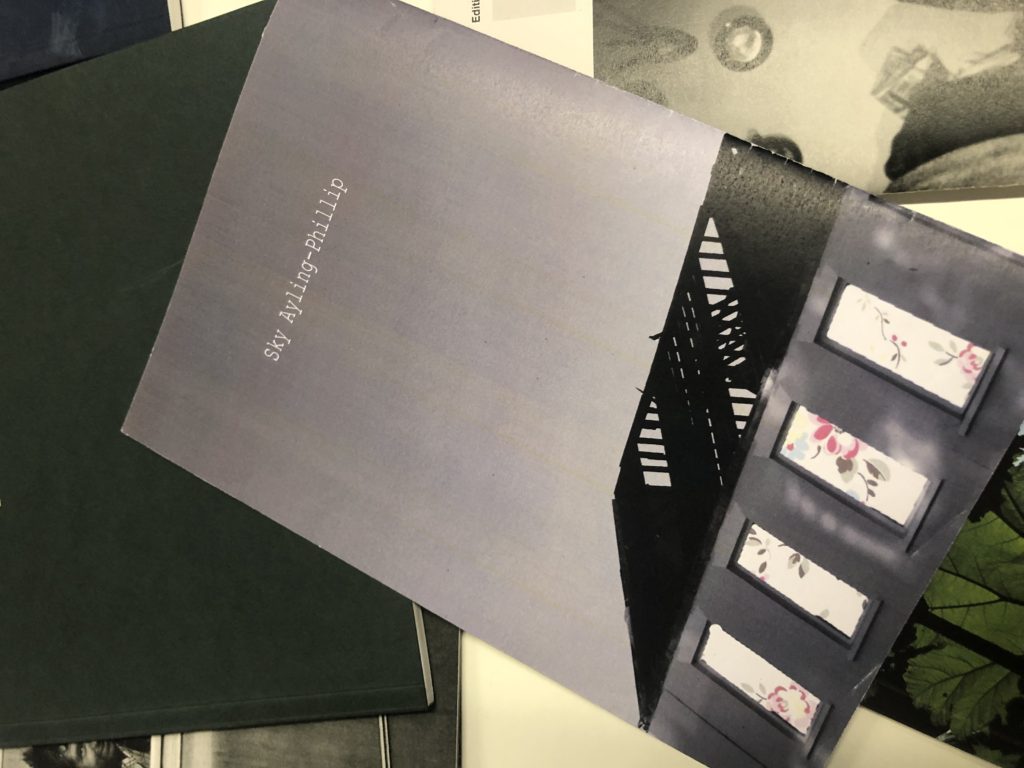
the back of the zine 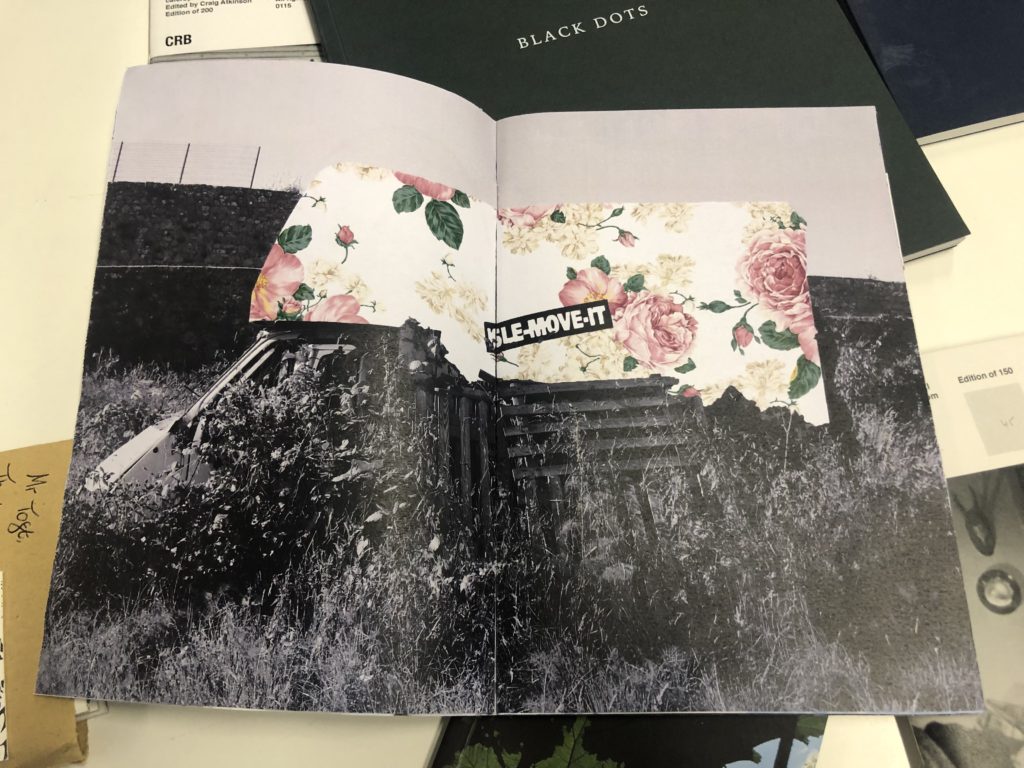
double page full bleed 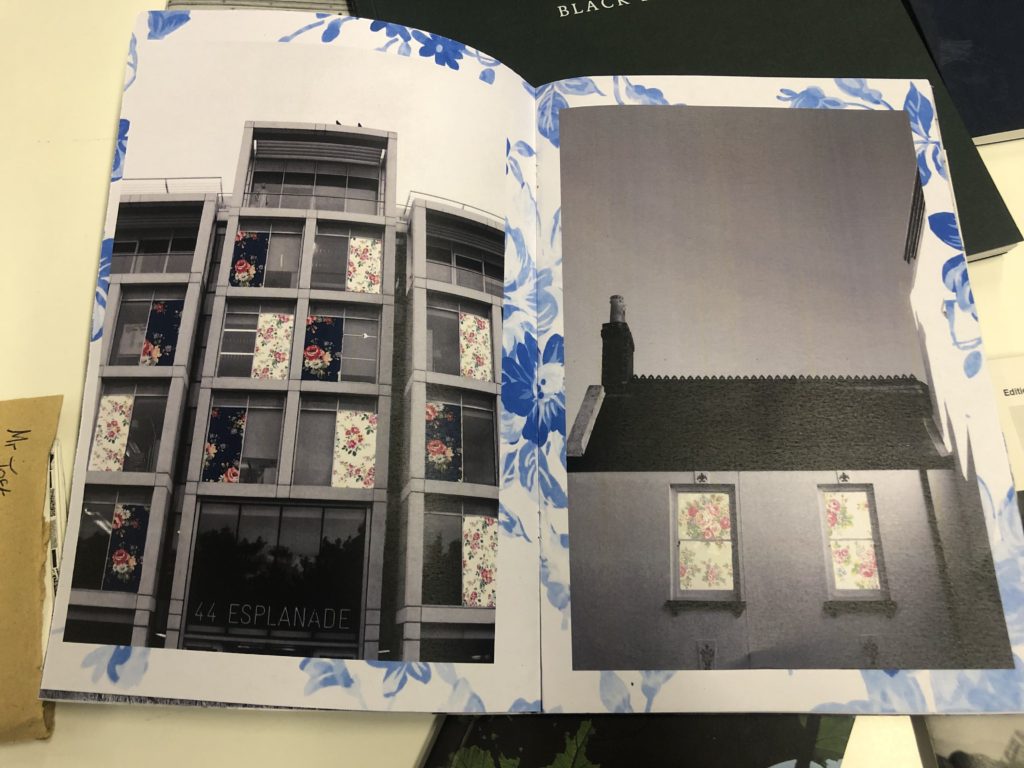
single a5 page images
sky ayling-philips created an a5 size landscape zine. she lay out her zine by having either one double page spread image, or by having one image per page, with a border of a background pattern surrounding the image. i personally think that this looked very effective, more so than it would’ve with a plain colour border on the outskirts of the photograph, as the patterns tied into the patterns she used within her edited images, keeping consistency all the way throughout the booklet. within the zine there is 4 double page full bleed images, not including the 5th front page/back page photograph, and 4 single page images. these did not seem to be in any particular sequence however i do feel the whole booklet worked well together. this zine has not got any text narrative within the zine besides some text within the edited image that says ‘move it’. i like how this has been done because it keeps all the audiences attention on the photography rather than text. the part of this zine i most enjoy is the visual concept and editing of the images, ayling-phillips has removed parts of her photographs to replace them with patterned backgrounds that she also ties into her single page images by using them for background borders, i quite like this as it makes it seem as if shes showing that something is ‘missing’ or no longer present; for example, in one of her images she did this with a soldier, this could possibly be showing a death, or missing person through war. the title of this zine is ‘paper’, i like this as the patterns used on every page are somewhat similar to wallpaper patterns, although this could, i imagine, be interpreted in many different ways to many different viewers.

